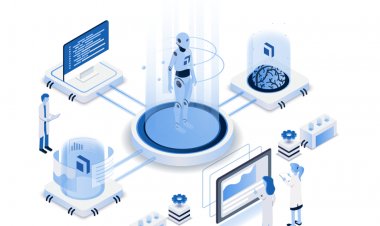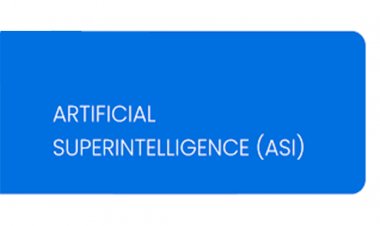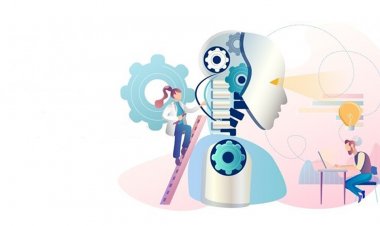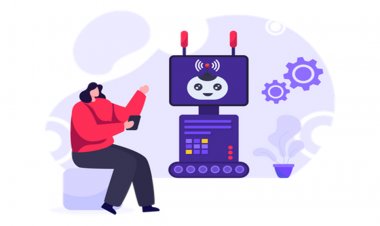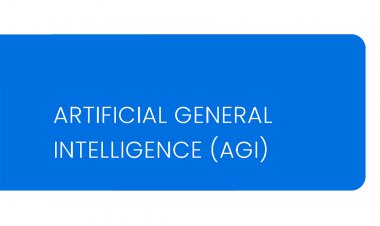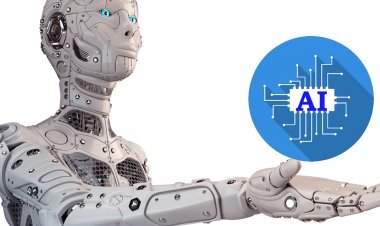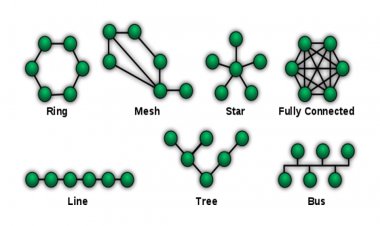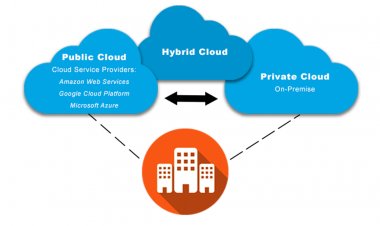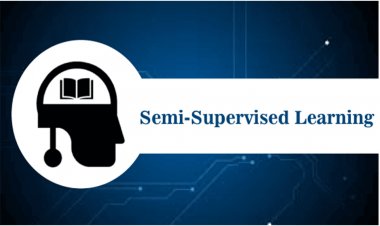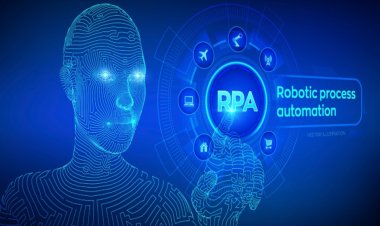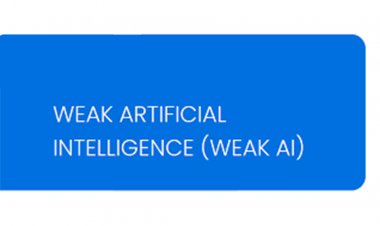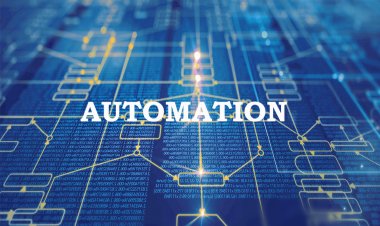Unsupervised Learning
Unsupervised learning refers to the use of artificial intelligence (AI) algorithms to identify patterns in data sets containing (unlabeled ) data points.
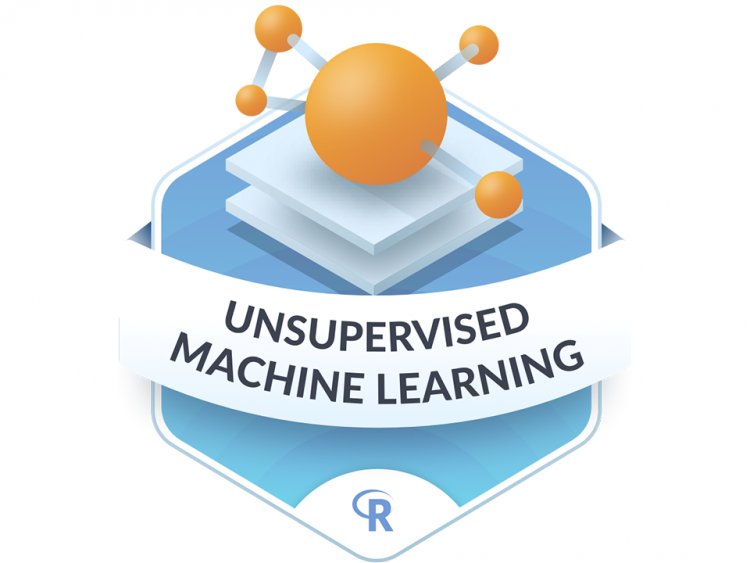
Introduction:
A computer can learn and adapt by employing patterns and algorithms from previous recordings. Without explicit instructions, your computer analyses and infers from previous data, forecasting future results based on the foundations of current records. But in unsupervised learning, you don’t need to provide the labeled data or train the machine like in supervised machine learning.
What is unsupervised learning?
Unsupervised learning is also known as unsupervised machine learning. Using unsupervised learning, you don’t need to train the data. The data that is provided to the machine is not labeled. The machine predicts the patterns and different pieces of information from this unlabeled data on its own. The machine predicts the hidden groups and other information needed for the solution.[1]
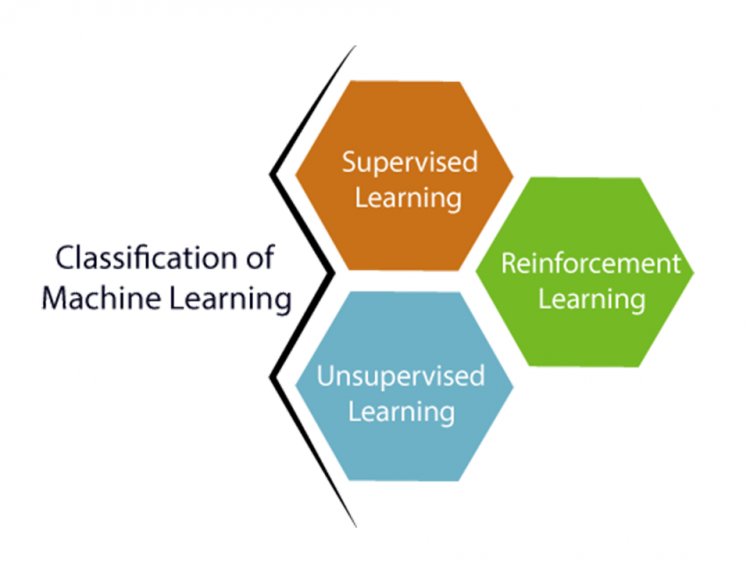
What are some examples of supervised learning?
Unsupervised learning strategies, contrary to supervised learning, are appropriate when the variables (i.e. labels) are not supplied. K-Means Clustering, Principal Component Analysis, and Hierarchical Clustering are examples of unsupervised learning techniques.
How does supervised learning work?
As explained above, the dataset provided in the unsupervised learning is not properly labeled. This means that the data is not categorized and the corresponding outputs are not given to the data. The machine trains itself on its own. Firstly, it interprets the raw data to find the hidden patterns in the data and, after that, the suitable algorithm is applied to the data. Once the applied algorithms are done, the data objects are divided into groups according to the similarity of the groups.[2]
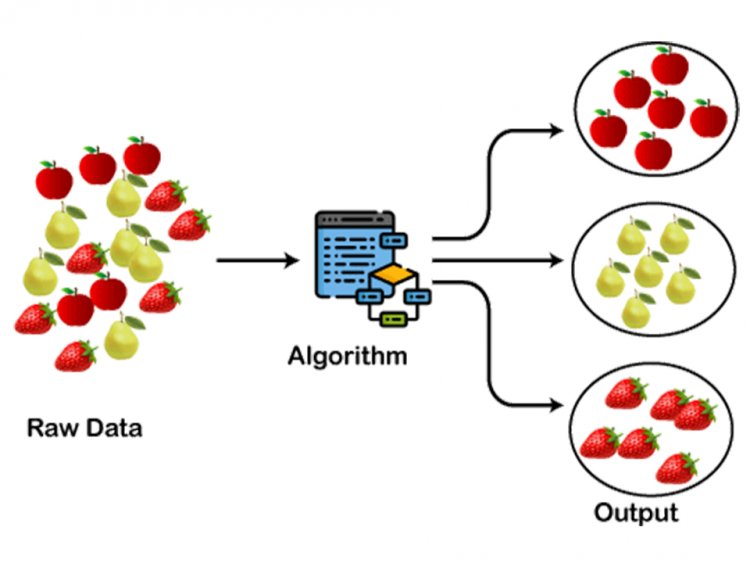
What are the categories of unsupervised learning?
The following are the categories that unsupervised learning has.
- Clustering
- Association
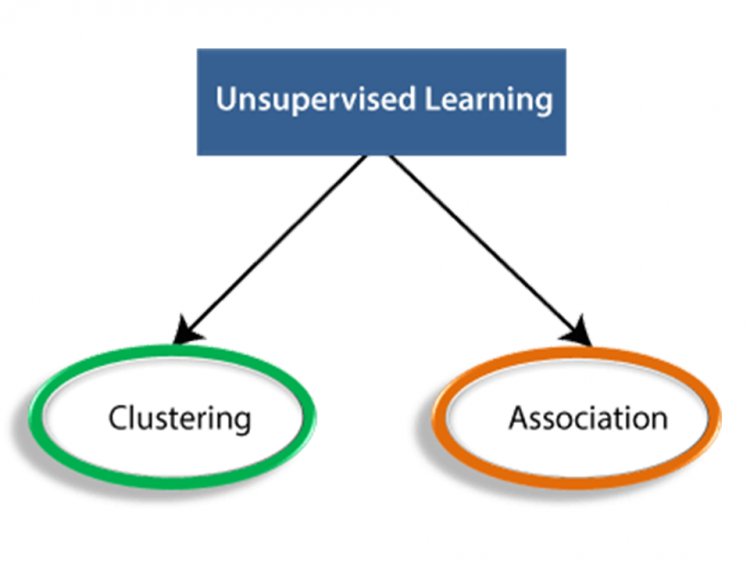
What are the Pros of supervised learning?
- It is capable of seeing what the human brain is incapable of seeing.
- It's being used to uncover hidden characteristics that are critical to the business and has a variety of real applications.
- An uncontrolled job might result in the creation of a completely new company segment or enterprise.
- When contrasted to the supervised learning problem, there will be less complexity. Because no one is required to understand the linked labels, the complications are reduced.
- Data set is a lot easier to get by.
What are the cons of supervised learning?
- It is more expensive since human involvement may be required to comprehend the trends and link them using domain expertise.
- Because there is no label or output metric to certify its usefulness, it is often not assured that the generated results will be beneficial.
- An unsupervised task's sort and outputs cannot be precisely defined. It is highly reliant on the design and, as a result, on the computer.
- The precision of the results is frequently lacking.
Conclusion:
Unsupervised learning is a machine learning approach in which the model does not require supervision. Unsupervised machine learning aids in the discovery of previously undiscovered patterns in data.
- Pratt, M.K. unsupervised learning. Available from: https://www.techtarget.com/searchenterpriseai/definition/unsupervised-learning.
- Unsupervised Machine Learning. Available from: https://www.javatpoint.com/unsupervised-machine-learning.
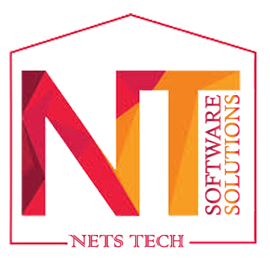
 admin
admin 






